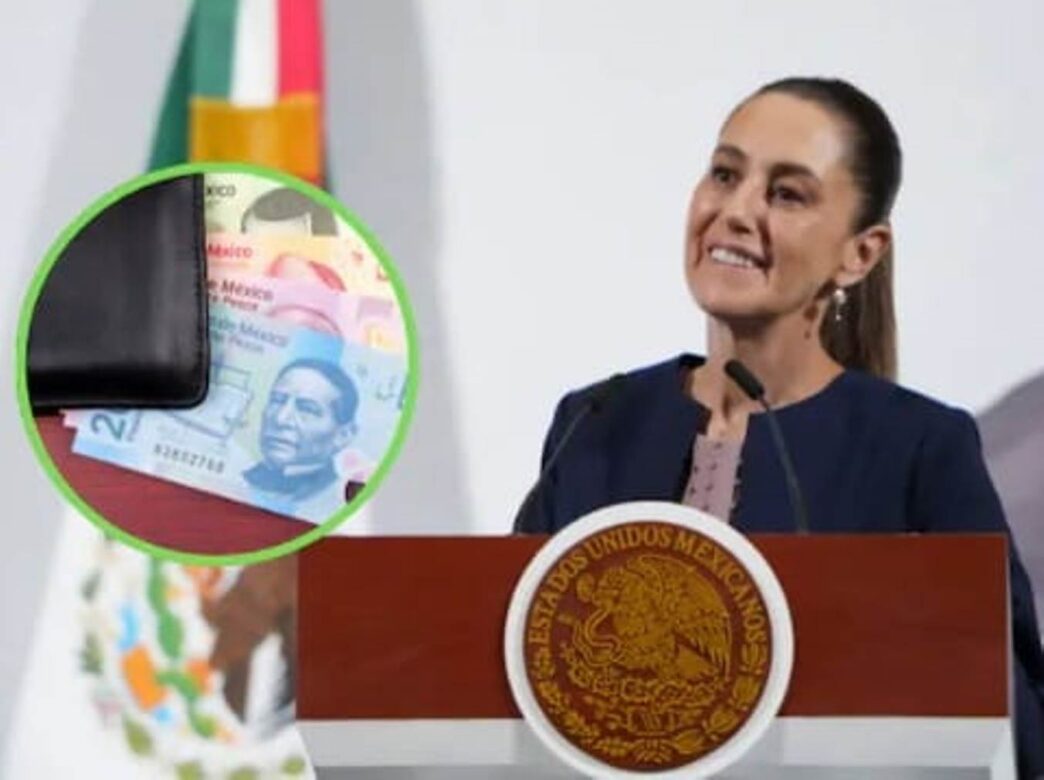President Claudia Sheinbaum’s plan to raise Mexico’s minimum wage to 312.25 pesos per day starting in January will benefit millions of workers but could also increase costs for businesses and create tax complications, economists warn.
Experts say the higher wages could push some employees into higher tax brackets since income tax (ISR) rates have not been updated to match the new wage levels.
Sheinbaum aims for the minimum wage to equal the value of two expanded basic baskets by 2026, representing a monthly income of 9,367.50 pesos ($507 USD). The government projects average annual wage hikes of about 12 percent, provided inflation remains within the Bank of Mexico’s target range.
By 2030, the administration expects the minimum wage to cover 2.5 basic baskets, or roughly 11,796 pesos a month ($630 USD), equivalent to 393.20 pesos per day at current values.
Rocío Hernández, director of compensation consulting at AON, said recent surveys among companies suggest wage adjustments in line with government projections. “They estimate a 12 percent increase, though some companies are considering as much as 14 percent,” she said.
Accountant Virginia Ríos, a member of the Technical Commission for Tax Research at the College of Public Accountants of Mexico, noted that wage hikes affect not only minimum-wage earners but also those earning slightly above that level.
“Salaries near the minimum must also rise because they reflect differences in responsibility,” Ríos explained. “This happens every year and particularly affects operational, administrative, and service positions, where pay is often close to the minimum. These salaries may need to increase by 10 to 15 percent so workers don’t feel stuck at the bottom.”
While large corporations can usually absorb these costs, small businesses face tougher challenges. Ríos said higher salaries mean increased expenses for Social Security, Infonavitcontributions, payroll taxes, and benefits such as Christmas and vacation bonuses, all of which are tied to base pay.
“It’s not just about paying more in wages,” she said. “Social costs rise too, and that becomes a heavier burden for small enterprises.”
Workers could also feel the pinch. Because tax brackets haven’t been updated, Ríos warned that employees may see higher ISR deductions despite the government’s employment subsidy. “The subsidy will need to be revised again, as it no longer covers the higher tax due,” she said, adding that a review of tax rates is urgently needed.
As Mexico moves toward a 315-peso daily minimum wage, the contrast with countries like China, where workers earn about 192 pesos a day, underscores how rapidly Mexico’s wages have grown in recent years.
Boosting the minimum wage has been a cornerstone of national policy to restore purchasing power. But analysts say the challenge for 2026 will be ensuring that wage gains don’t fuel inflation or overwhelm small businesses.
They agree that while the increase improves household income, Mexico must adopt broader reforms addressing taxation, productivity, and wage structure to maintain balance in the labor market.




